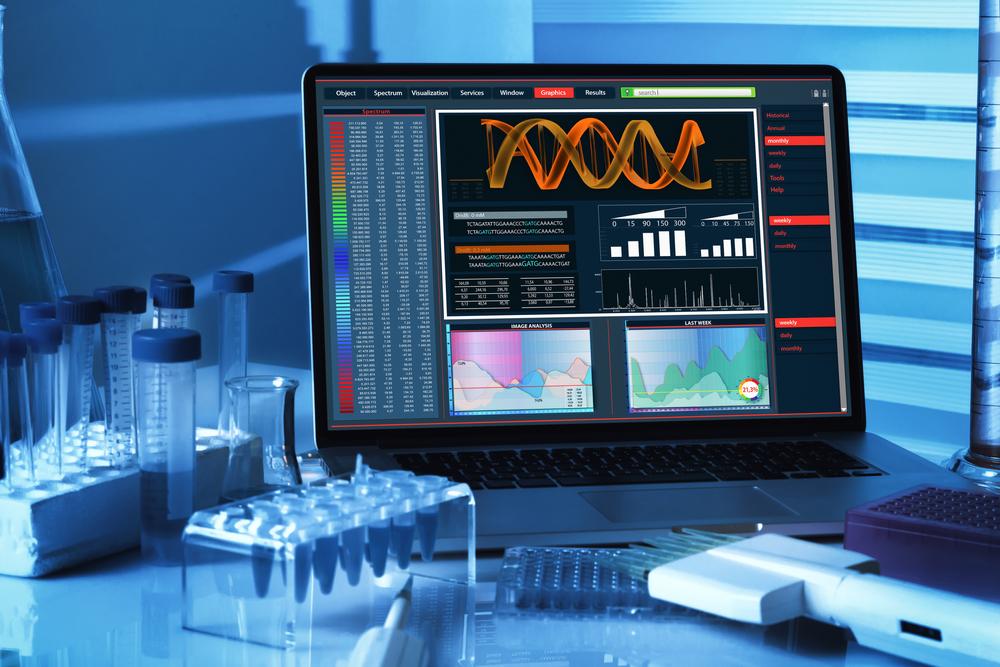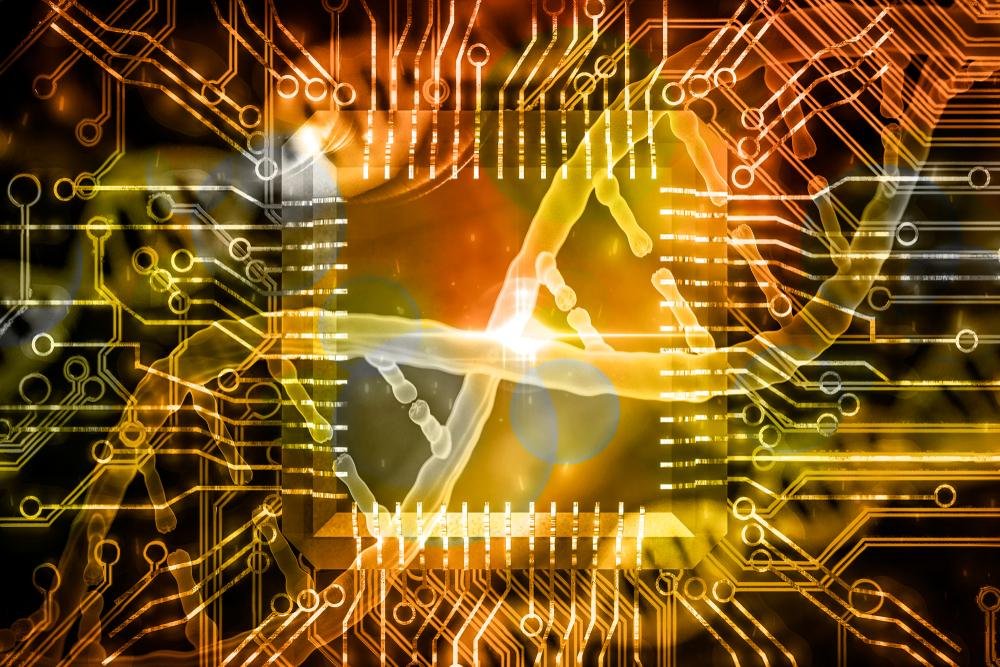If you remember from your high school genetics classes, you may remember that Deoxyribonucleic Acid (DNA) is an instruction manual that contains a coded recipe for every living thing. Consisting of a double helix of four associated bases, this DNA storage It is a biological tool for our existence and survival.
In the DNA alphabet soup, adenine (A), guanine (G), cytosine (C), and thymine (T) correlate to form triplets called codons. Each of these codons stores genetic information to produce a type of amino acid that combines to produce protein, and so on. until we have a functioning creature.
In a very similar way, computers operate through a code we call binary. In strings 0 and 1, the information is encoded, stored, and then goes through a reading process, allowing you to see the screen that way and understand the symbols on it.
However, in this digital storage system, information is saved on hard disks that have low durability and take up a lot of space. This makes it difficult to protect this information. But what if it were possible to encode digital information? DNA sequences? It is durable, microscopic and easy to maintain.
Is it possible to store digital data in DNA?
With these advantages in mind, a collaboration between researchers at Los Alamos National Laboratory has developed a technology that can: Storing and reading data in DNA. Software called Adaptive DNA Storage Codex (ADS Codex) is responsible for converting the strings of four DNA bases into binary code so computers can read the information and vice versa how binary codes can be copied. in four letter strings.
DNA strands are prepared by the researchers themselves by creating the desired A, G, T, C base sequences with the data to be stored. This information will go through a writing process and then a reading process. But there are still some hurdles for this technology to be fully viable.

The process of “joining” and reading DNA strands still takes a lot of time. It is estimated that it would take years to write a single file! Another problem is that errors occur during data recording. Unlike the current method, where we can check where the error occurs and fix it quickly and simply, in DNA sequencing the process is more difficult and the whole sequencing and where it occurred must be changed exactly. more difficult to define.
But researchers are still racing for this technology that could revolutionize the way we think and store data. also DNA storageAccording to scientists, huge databases like Facebook, for example, fit in half of a poppy seed. In addition to saving space, this data is cheaper to maintain, consumes less energy and takes longer.
Just wait for the technology and new methods to be effective enough so that writes can be done more assertively with faster read processing as well as fast identification and error correction. With this, we will gain several gains, mainly related to more durable information storage and lower maintenance costs.
Source: Tec Mundo
I am Bret Jackson, a professional journalist and author for Gadget Onus, where I specialize in writing about the gaming industry. With over 6 years of experience in my field, I have built up an extensive portfolio that ranges from reviews to interviews with top figures within the industry. My work has been featured on various news sites, providing readers with insightful analysis regarding the current state of gaming culture.











